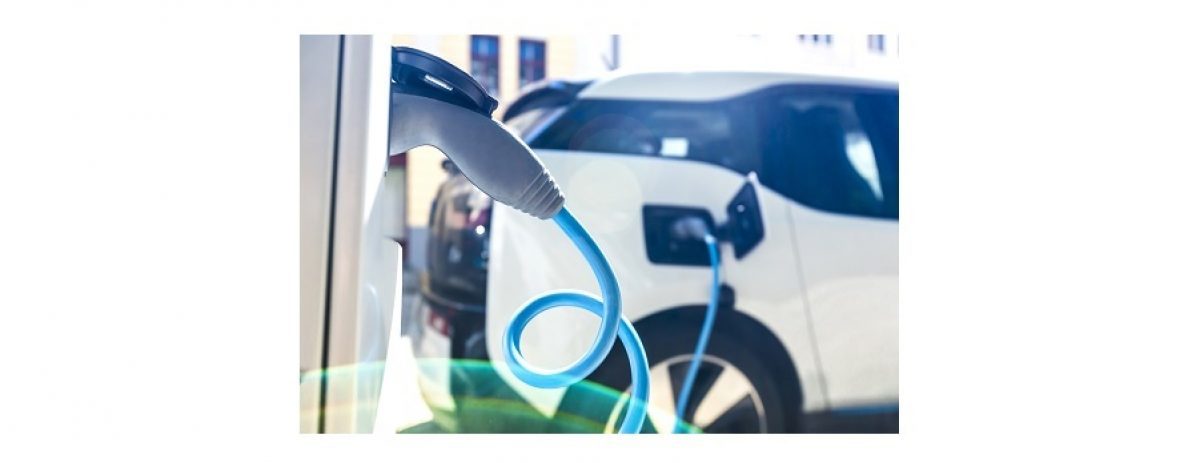
| This week, the European Union proposed an effective ban on the sale of new petrol and diesel cars from 2035 to speed up the switch to zero-emission electric vehicles (EVs). The European Commission, has proposed a 55% cut in vehicular CO2 emissions from current levels by 2030, rising to 100% by 2035, Autocar reports. The new targets are a significant increase on the current measures, which currently require a 37.5% reduction in CO2 emissions by 2030. ACEA has commented: “Carmakers are committed to bringing emissions down to zero. All ACEA members support the target of climate neutrality by 2050 and invest billions of euros in innovative and sustainable technologies. However, banning a single technology is not a rational way forward at this stage – especially when Europe is still struggling to get the right enabling conditions in place for alternatively-powered vehicles”. ACEA added that “Given the crucial importance of the mammoth ‘Fit for 55’ EU climate package for the auto sector and the millions of people it employs, the association is eager to study the full details of the proposals released by the European Commission”. Oliver Zipse, ACEA President and CEO of BMW: “Ambitious climate targets need a binding commitment from all parties involved. The European Commission today made very clear that the Green Deal can only be successful with mandatory targets for the ramp-up of charging and refuelling infrastructure in all member states.” “This will be essential to charge the millions of electric vehicles that European automakers will be bringing to market in the coming years, and to deliver an unprecedented reduction of CO2 emissions in the transport sector,” said Mr Zipse. The proposed CO2 reduction target for cars of 55% by 2030 (based on 2021 levels) will be very challenging, and certainly requires a corresponding binding target for member states to build up the required charging and refuelling infrastructure. Moreover, the new CO2 target will significantly speed up the structural transformation of the automotive value chain, requiring careful management to minimise the impact on our economy and jobs. Zipse: “The current proposal for an even bigger cut in CO2 emissions by 2030 requires a massive further increase in market demand for electric vehicles in a short timeframe,” stated Zipse. “Without significantly increased efforts by all stakeholders – including member states and all involved sectors – the proposed target is simply not viable.” All options – including highly efficient internal combustion engines, hybrids, battery electric and hydrogen vehicles – must play their role in the transition to climate neutrality, particularly as we work to reduce the carbon footprint of the whole vehicle fleet on the street, so not only of new vehicles. It is not the internal combustion engine that is detrimental to the environment, but fossil-based fuels. Without the availability of renewable fuels, a 100% reduction target in 2035 is effectively a ban of the internal combustion engine. “Within the context of the proposed technology restrictions from 2035 onwards, we urge all EU institutions to focus on innovation rather than mandating, or effectively banning, a specific technology,” Zipse underlined. ACEA is “pleased” to note that the package includes binding targets for the deployment of charging and refuelling infrastructure, addressing the requirements of all vehicle types – not only those of cars, but also vans and heavy-duty vehicles. However, ACEA said they are “very concerned” that the targets fall far short of what is required, with a worrying reference to just 3.5 million charging points by 2030. According to recent Commission calculations a further decrease of car CO2 emissions to -50% in 2030 would require some 6 million publicly-available charging points. The extension of the EU’s Emissions Trading System (ETS) to road transport fuels is also welcome as it will help to put a visible price on carbon, thus incentivising the use of low- and zero-carbon fuels. If the regulatory framework is set right, this could help to make zero-emission vehicles competitive and attractive for our customers. Looking ahead to the upcoming negotiations with the European Parliament and the 27 member states, ACEA expects that it will prove to be difficult to ensure that all the different pieces of this ‘Fit for 55’ puzzle fit together and create a coherent supportive framework. |
